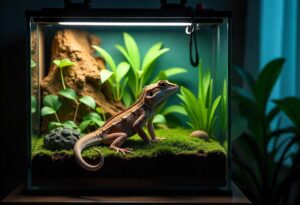The Pets Blog
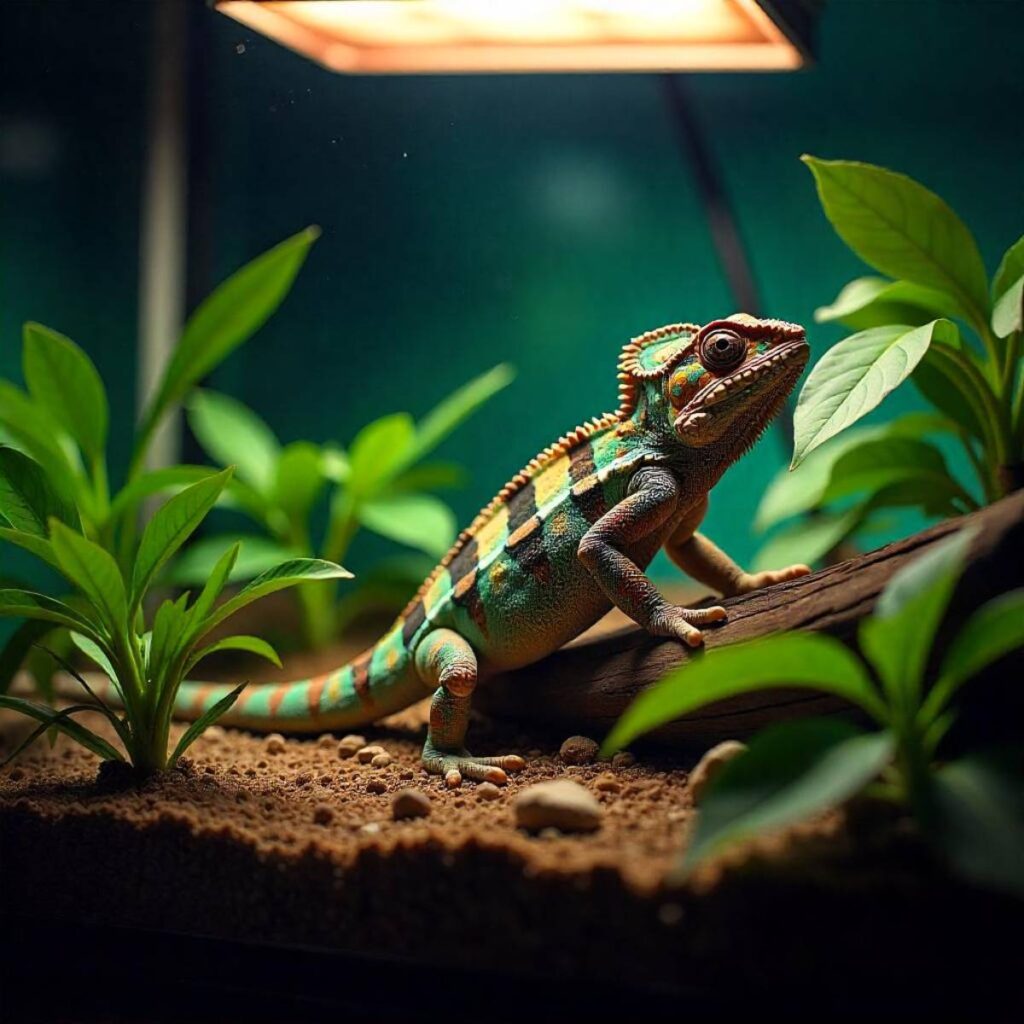
How to Set Up a Temperature Gradient in a Reptile Tank
Reptiles aren’t like cats or dogs — they can’t regulate their body temperature internally. Instead, they rely entirely on their environment to warm up or cool down. That’s why creating a proper temperature gradient in a reptile tank is essential.
This guide covers everything you need for reptile heating. You’ll learn how to set up temperature zones in your terrarium. Plus, get practical tips to keep your pet warm and healthy.
Pro Tip: A temperature gradient isn’t just a luxury — it mimics the wild and supports digestion, immunity, and behaviour.
Quick Guide: Why Temperature Gradients Matter
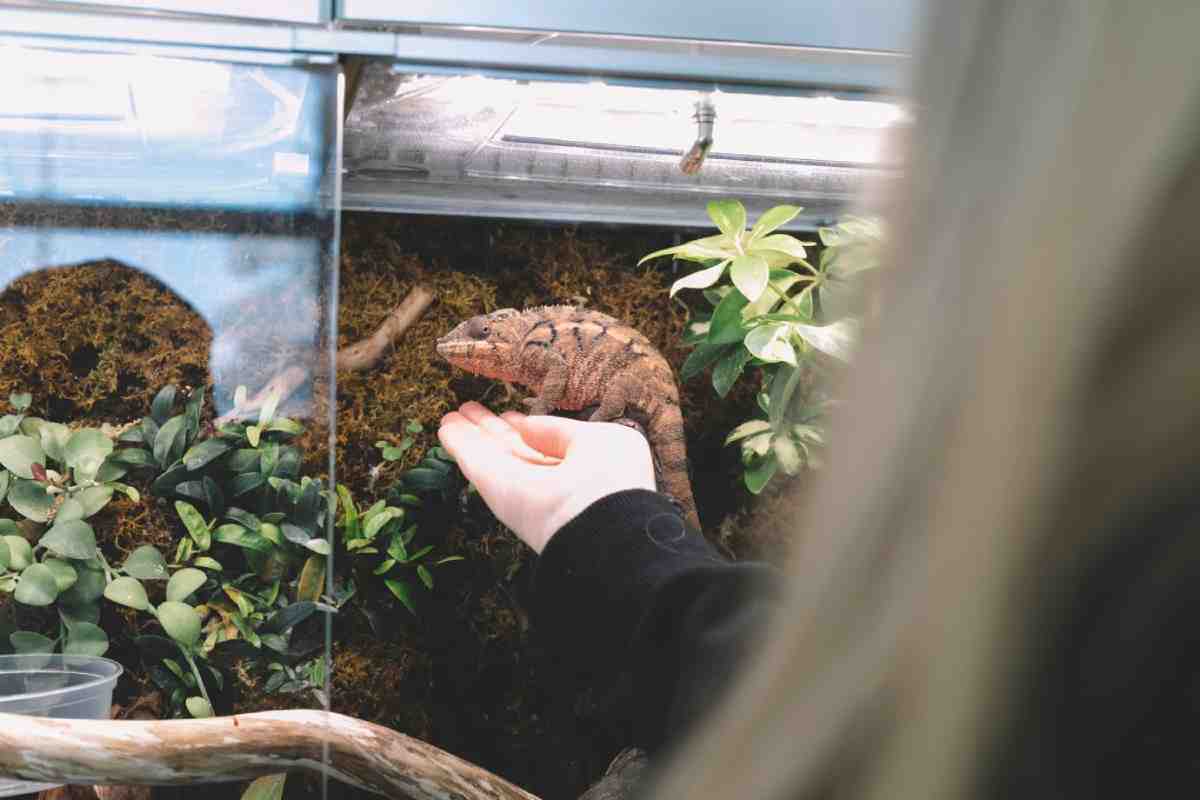
- Reptiles need warm and cool zones to thermoregulate
- Constant high heat causes stress and dehydration
- Uneven heating supports natural behaviours like basking and hiding
- Without gradients, your reptile can’t self-regulate its health
Important: Every species has a preferred temperature range — research yours before setting up.
Step-by-Step: How to Create a Temperature Gradient
Step 1: Understand Your Reptile’s Temperature Needs
Each reptile species has specific temperature zones for basking, ambient, and cool-down areas.
| Reptile Type | Basking Temp | Cool Side Temp |
| Bearded Dragon | 38–42°C | 22–26°C |
| Leopard Gecko | 31–34°C | 21–24°C |
| Ball Python | 30–33°C | 24–26°C |
| Corn Snake | 28–30°C | 22–24°C |
Quick Tip: Juveniles often need slightly higher warmth, but avoid overheating.
Step 2: Choose the Right Size Tank
A good gradient needs space. The larger the tank, the smoother the temperature change.
Recommended minimums:
| Species | Tank Size |
| Small gecko | 60×45 cm |
| Snake or dragon | 90–120 cm long |
| Large python or iguana | 150+ cm |
Pro Tip: Horizontal space matters more than vertical unless you’re housing arboreal reptiles.
Step 3: Select Heating Equipment
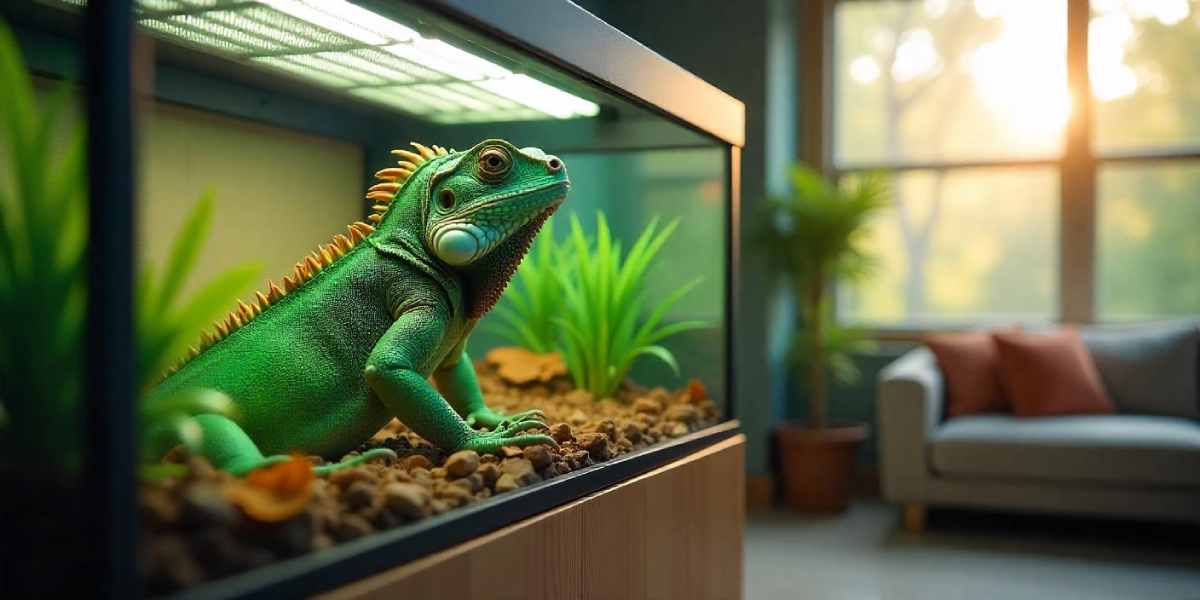
Use reliable heating tools designed for reptiles.
Heating options:
| Type | Best For | Position |
| Heat lamp | Diurnal reptiles (e.g. dragons) | Top, warm side |
| Ceramic heat emitter | Night warmth | Top or side |
| Heat mat | Ground-dwelling reptiles | Under the tank or side |
| Deep heat projector | Radiant warmth | Above basking area |
Important: Avoid household heat sources like space heaters or desk lamps — they’re unsafe.
Step 4: Place Heat Source on One Side Only
To create a gradient, put your heat source at one end of the tank — never the centre.
Why it matters:
- One warm side = basking
- One cooler side = retreat and rest
- Middle = ambient temperature zone
Quick Tip: For arboreal reptiles, create vertical gradients with higher temps near the top.
Step 5: Add Hides and Decor to Support Zoning
Tank layout plays a big role in comfort.
Decor placement tips:
- Basking spot = rock or platform directly under heat
- Cool hide = shaded corner or under plant on cool side
- Moist hide = centre or slightly towards the cool side
- Branches = near gradient transitions for climbing
Hide Type Zone Warm hide Near heat source Cool hide Opposite end Humid hide Middle zone Pro Tip: Use natural materials (wood, cork, slate) for better heat absorption and aesthetics.
Step 6: Use Thermostats to Control Heat Output
Unregulated heaters can overheat and harm your pet.
Thermostat types:
Type Use Case On/off thermostat Heat mats or ceramic emitters Pulse thermostat Infrared heaters or deep heat projectors Dimming thermostat Basking bulbs and halogens Important: Always test your thermostat before adding your reptile.
Step 7: Monitor With Multiple Thermometers
One thermometer won’t give you the full picture.
What to do:
- Place a thermometer at the basking zone
- Place another at the cool end
- Use a digital thermometer with probes or infrared thermometer gun
Sustainability Tip: Use rechargeable batteries in your digital monitoring tools.
Step 8: Adjust Based on Behaviour
Your reptile will show signs if the temperature zones aren’t right.
Signs of poor gradients:
Sign Possible Issue Constant hiding Tank too hot overall Never basking Basking spot not warm enough Lethargy Cold ambient temperatures Restless or climbing glass No cool retreat or overstimulation Pro Tip: Observe for a full day/night cycle to see how your reptile uses the zones.
Maintenance Tips for Long-Term Temperature Stability
- Clean heat lamps and domes monthly to prevent dust build-up
- Re-calibrate thermostats every 6 months
- Replace bulbs every 6–12 months depending on type
- Watch for seasonal changes in room temperature
- Avoid direct drafts or window glare
Common Mistakes to Avoid
Mistake Fix Using a single heat source in the middle Always heat one side only No cool zone Provide enough space for gradient Ignoring night temperatures Use ceramic heaters for warmth without light Inconsistent monitoring Use reliable thermometers and check daily Quick Tip: A visual gradient matters less than thermal accuracy — trust your measurements, not assumptions.
Frequently Asked Questions
How warm should a reptile tank be at night?
Most reptiles tolerate lower temps at night. Aim for 18–22°C unless your species needs constant warmth (like tropical reptiles).
Can I use a heating rock?
No — heat rocks are known to cause burns. Use overhead or under-tank sources with thermostats instead.
Do I need UVB lighting too?
Yes, if your species requires it (e.g. bearded dragons, turtles). UVB and heat are separate needs — both must be met.
What’s the safest way to heat a glass tank?
Use a thermostat-controlled heat mat on the side or bottom, or a ceramic heater overhead. Never place mats directly on furniture without insulation.
How do I keep humidity balanced with heat?
Use a hygrometer to monitor levels. Mist in the morning, use moist hides, and avoid over-ventilation on the warm side.
Comfort Comes from Control
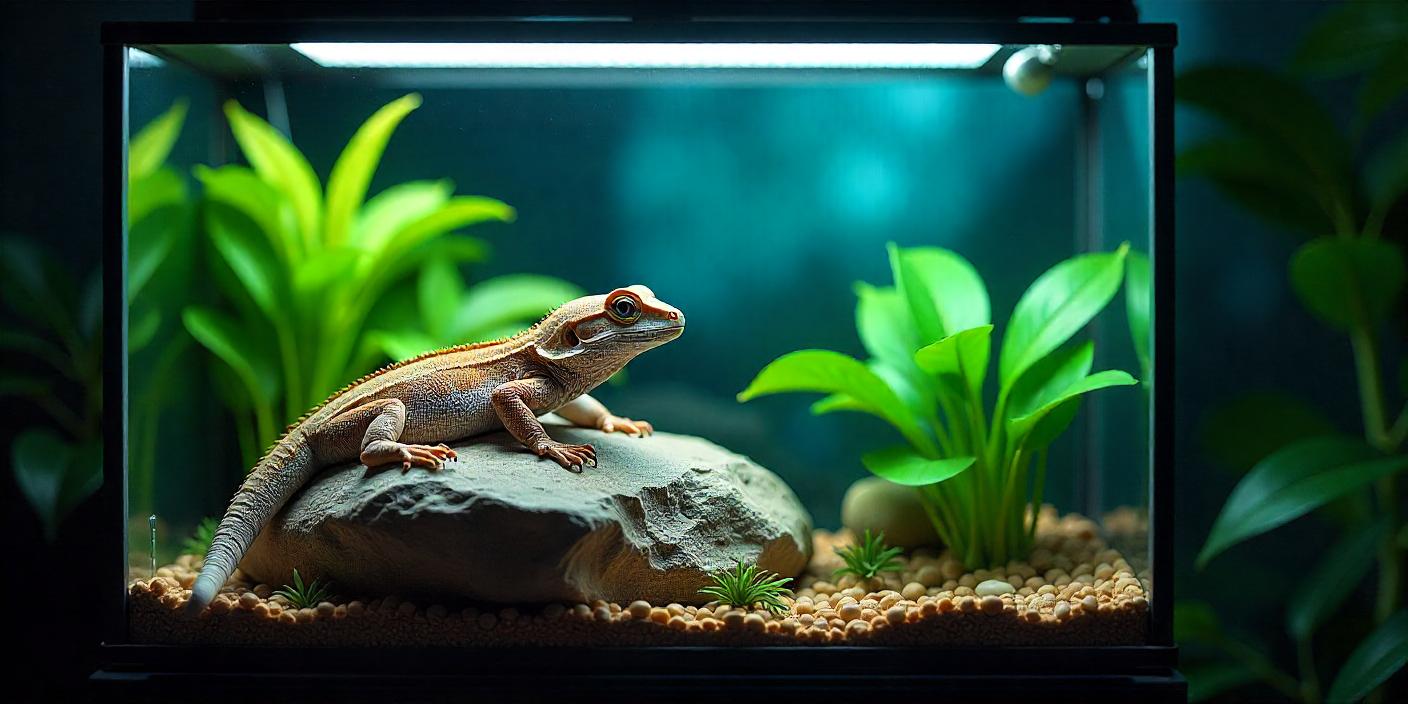
Making the right temperature gradient in a reptile tank is easy. It just needs some planning and careful attention. This reptile heating guide helps you set up the right tools in the right spots. Watch your reptile’s behaviour. This helps you create a space that supports their health and instincts.
Managing terrarium temperature zones or using smart warmth tips is easy. The goal is simple: consistency, comfort, and care.
Control the heat. Support the species. Let your reptile thrive.



